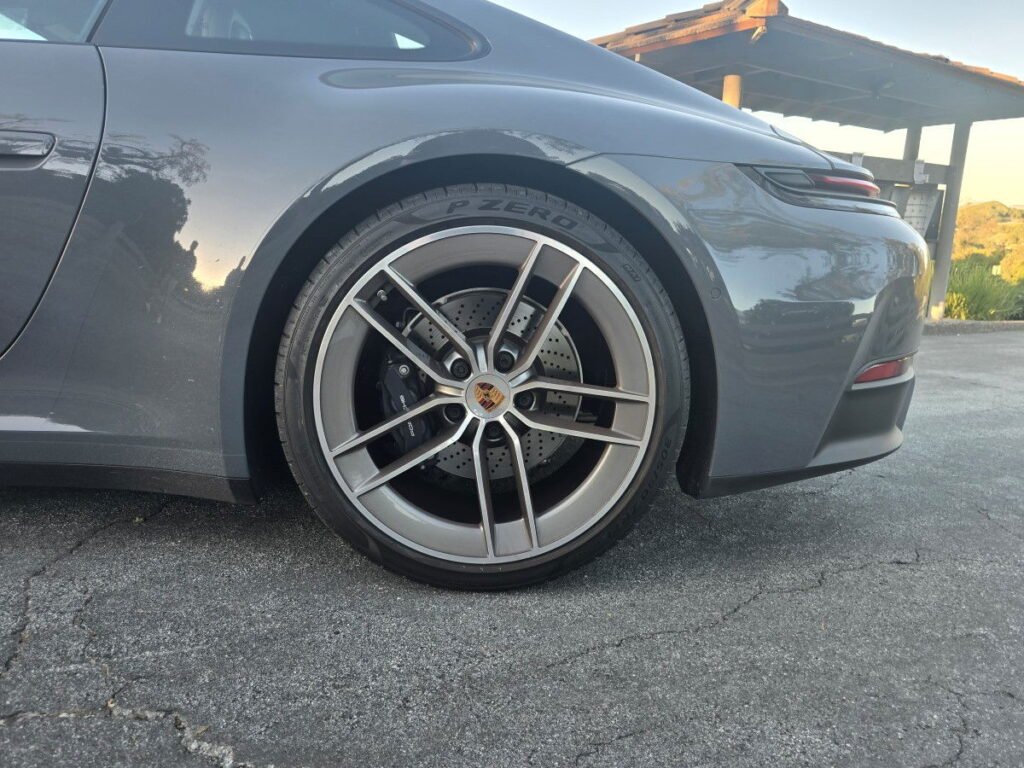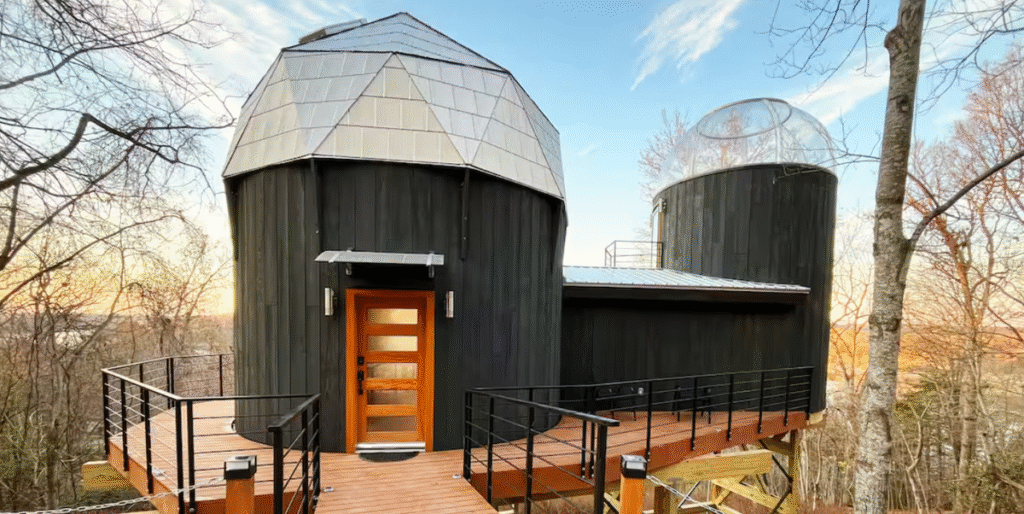EH: When we were tasked with a Kerouac project, we didn’t want to do a straight biopic, and we definitely didn’t want to do a story just unquestioningly celebrating these authors. We decided to take the approach that we did with On the Road to speak honestly to our own lenses. With Ebs, he’s black, he’s gay, he’s American. He was like, I could never take this trip when I was growing up, in America. And as a woman, I thought, “Yeah, he’s right. It was very, very scary.” So we started to have more conversations about America and also about how the more things changed, the more they stay the same, how it is still problematic to travel through certain states yet, there’s that great, big loop in America—that no matter what’s happening politically, the road also connects you to the rest of the country, and it is this big, complicated thing.
You can’t generalize about any state, everybody’s complicated, everything is complicated. Certainly, a lot of the language Kerouac used was coming from this privileged white male perspective, and when we spoke to his former girlfriend Joyce Johnson for the film, she had mentioned that the men could go off and do whatever but that it was impossible for women, the fact that there was no such thing as birth control being one obstacle. That’s why we used a lot of archival material from then, and contrasted it with our footage from now. We really wanted to celebrate the beauty of America, its complexity, diversity, and all the politically charged things underneath. You can’t write, produce, or direct anything about these novels now, I think, without bringing all that history into it.
Was there a favorite stretch of the road you recall filming?
EB: I love being on the road, especially in Louisiana, because I also just happened to love New Orleans, and there’s something very magical about the bayou. It speaks to Southern Gothic and that whole tradition. I really also loved spending quite a lot of time in New Mexico. Seeing the long stretches, and then all of a sudden being underneath a different kind of big sky from Colorado and Wyoming. I loved seeing everything on the side of the road, seeing Cadillac Ranch, and then stopping to have like a huge, double Porterhouse steak. It’s these fun and interesting things that you do when you’re driving, stop by the side of the road, and say, “oh, my gosh, look at this amazing art installation.” That’s actually the magic of the novel, but I think it’s also the magic of our country, because we are an incredible quilt of all of these different places and ideas and people, and we’re all stitched and woven together by the roads.
EH: I have a huge soft spot for Amir. That Philadelphia to Atlanta journey with Amir was filled with probably some of the most beautiful times that I remember from filming. Philly was really, really eye-opening, especially when we filmed Amir’s walk to school, and we spent time with him in his house. We followed him from where he lived in this three bedroom apartment with eight people living in it, and then we watched him walk to school through this neighborhood. The transition where it went from a lot of project housing to beautiful, single family homes with lovely green lawns. It was very, very, poignant for everybody to have him on this walk to school and to hear what school meant to him.


